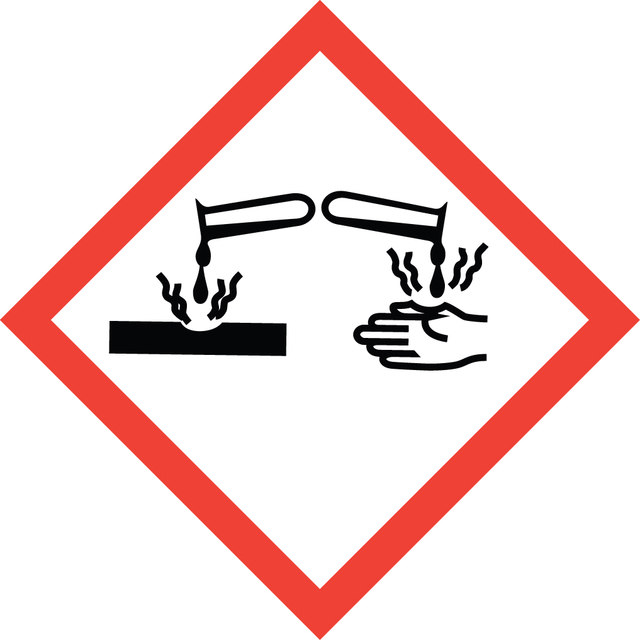Product Name
Poly(3,4-ethylenedioxythiophene)-poly(styrenesulfonate), high-conductivity grade, 1.1% in H2O, surfactant-free
description
Electrodes
Quality Level
form
liquid
greener alternative product characteristics
Design for Energy Efficiency
Learn more about the Principles of Green Chemistry.
sustainability
Greener Alternative Product
concentration
1.1% in H2O
resistance
<100 Ω/sq, <80% visible light transmission (40μm wet)
refractive index
n20/D 1.334
pH
<2.5
viscosity
30-100 cP(20 °C)
density
0.999 g/mL at 25 °C
greener alternative category
storage temp.
2-8°C
Looking for similar products? Visit Product Comparison Guide
General description
Application
Legal Information
Signal Word
Danger
Hazard Statements
Precautionary Statements
Hazard Classifications
Eye Dam. 1 - Skin Corr. 1B
Storage Class Code
8B - Non-combustible corrosive hazardous materials
WGK
WGK 3
Flash Point(F)
Not applicable
Flash Point(C)
Not applicable
Choose from one of the most recent versions:
Already Own This Product?
Find documentation for the products that you have recently purchased in the Document Library.
Articles
The application of conducting polymers at the interface with biology is an exciting new trend in organic electronics research.
Conducting polymers such as polyaniline, polythiophene and polyfluorenes are now much in the spotlight for their applications in organic electronics and optoelectronics.
Advancements in bioelectronics, incorporating self-healing materials for wearable devices, and measuring bioelectric signals to assess physiological parameters.
Progress in solution-processed functional materials leads to thin-film optoelectronic devices for industrial and consumer electronics.
Our team of scientists has experience in all areas of research including Life Science, Material Science, Chemical Synthesis, Chromatography, Analytical and many others.
Contact Technical Service